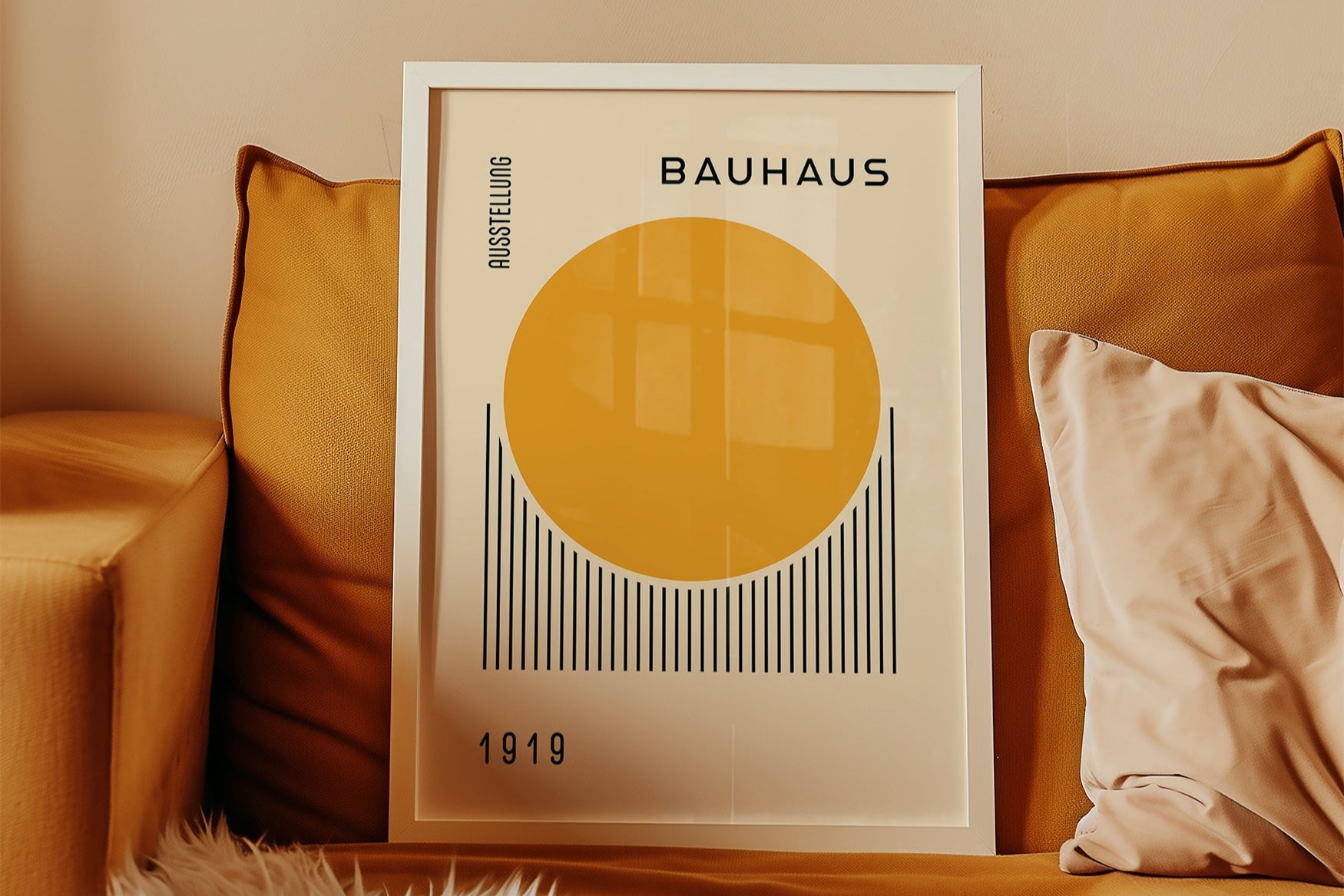What Is Modern Minimalist Art? A Fresh Perspective
Modern minimalist art strips away the unnecessary to spotlight what really matters—form, balance, space, and intention. It’s a style that values clarity over complexity, but that doesn’t mean it lacks character. In fact, the most compelling minimalist pieces often say more with less, offering a quiet kind of expression that leaves room for interpretation.
Defining Modern Minimalist Art
At its core, minimalist art focuses on simplicity. It often uses clean lines, geometric shapes, muted tones, and negative space. But modern minimalism isn’t just a copy of the 1960s art movement—it’s evolved to include subtle textures, unexpected compositions, and even layered digital work.
Modern minimalist posters bring this style into everyday spaces. Whether it’s a monochrome line drawing or a soft color block composition, these pieces enhance rather than overwhelm a room. They’re not just background—they’re part of the mood.
Minimalist Art vs. Traditional Minimalism
Traditional minimalism in art was all about objectivity—removing emotion, symbolism, or personal expression. Modern minimalism still holds onto restraint but allows more flexibility. Today’s minimalist artists may incorporate gentle curves, imperfect lines, or muted color palettes that evoke a certain feeling or reference natural elements.
In poster form, this translates to work that is clean but not cold. It invites calm while still offering a point of view—perfect for home decor that feels intentional rather than overly curated.
Why It Works in Interior Design
Minimalist art pairs well with open, uncluttered spaces. It brings visual rest and helps define areas within a room. A single framed poster with a neutral abstract form can ground a reading nook, while a series of minimalist prints can add rhythm to a hallway.
Because minimalist posters typically rely on line and shape, they’re highly adaptable. They blend into Scandinavian, Japandi, mid-century modern, and even industrial interiors without conflict.
Choosing the Right Minimalist Poster
Look for posters that reflect the energy you want in the space. Want calm? Go for soft grey lines or watercolor-inspired compositions. Looking to sharpen a modern space? Try stark black shapes on a white background or layered color blocks.
You can also find minimalist art that adds subtle contrast—beige against cream, sand tones on white, or muted blue against taupe. These small shifts in tone can bring depth without noise.
Explore our Bauhaus art prints collection for examples that balance structure with style.
Styling Tips for Modern Spaces
- Use a single oversized poster as a focal point above a low-profile sofa or bed.
- Pair two complementary prints with similar line weights and tones for symmetry.
- Float-frame a minimalist print to highlight negative space around the artwork.
- Let the poster breathe—leave generous space around it and avoid busy surroundings.
Frames also matter. Thin wood, matte black, or metal frames in gold or silver keep the look clean and sharp. Avoid ornate or heavy finishes—they’ll disrupt the visual ease.
Final Thoughts
Modern minimalist art is about more than aesthetics—it’s about creating room to think, breathe, and feel. Minimalist posters are a simple, affordable way to bring that energy into your home. When chosen with intention and styled with care, they offer lasting calm in a fast-moving world.









































